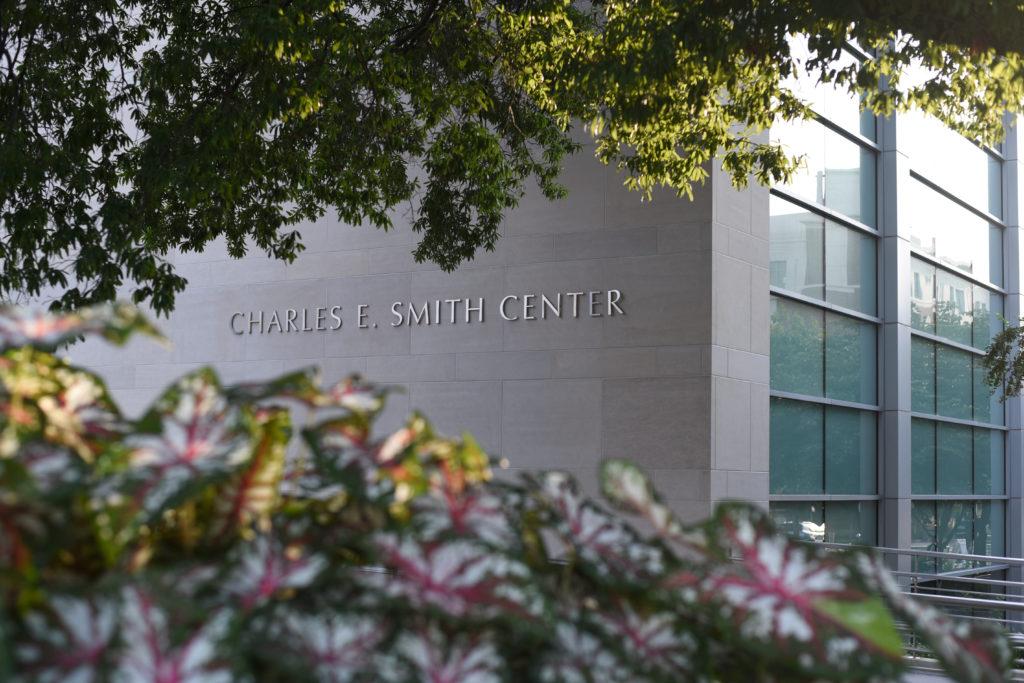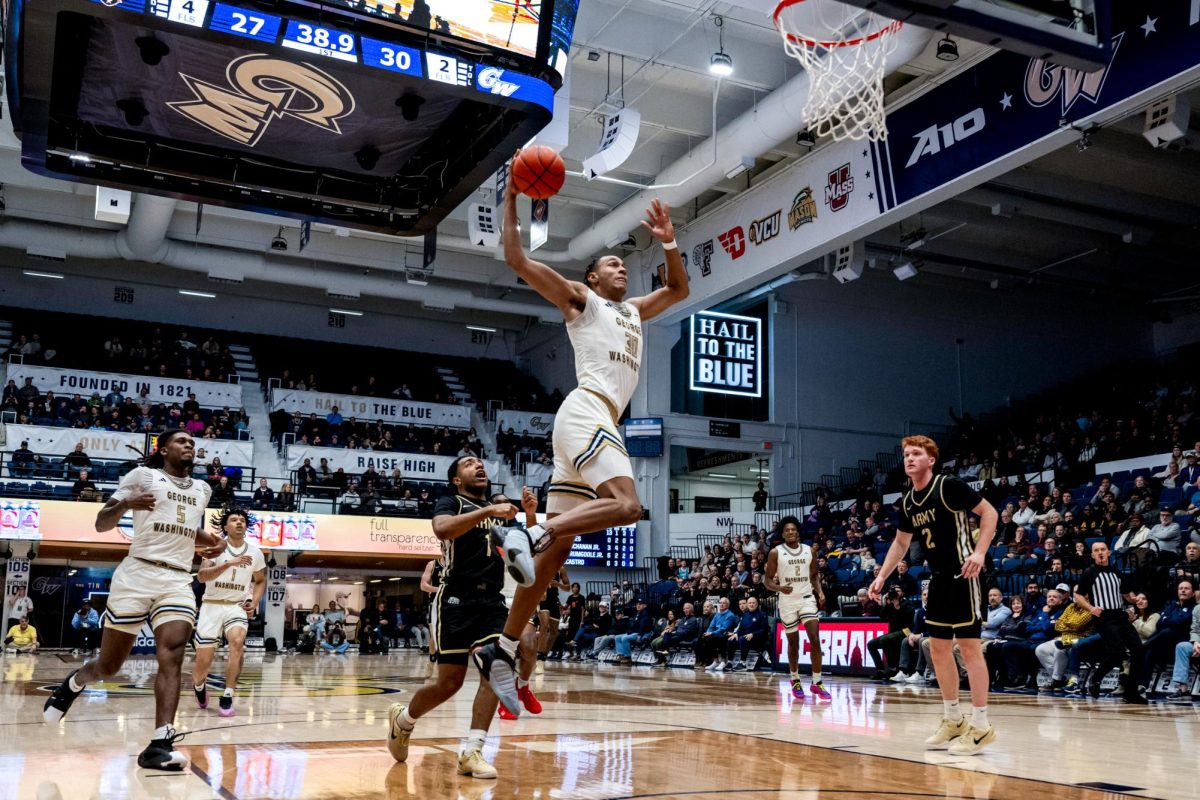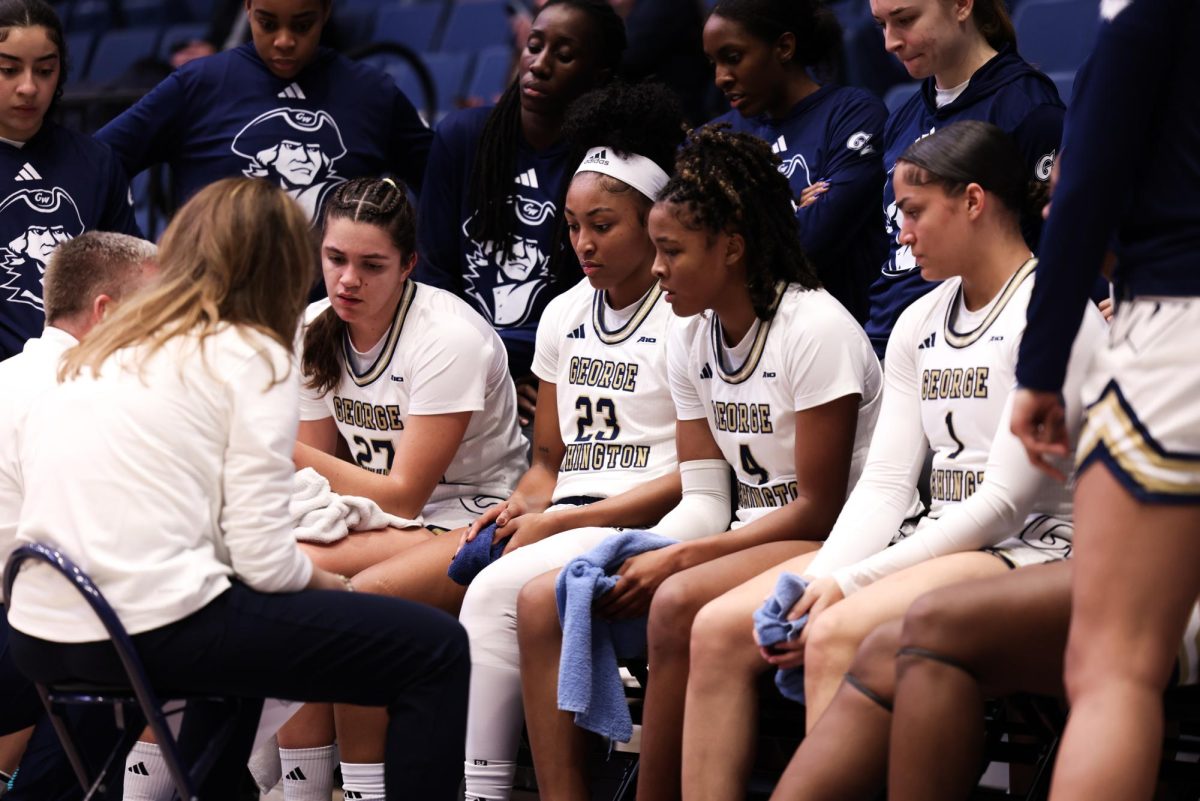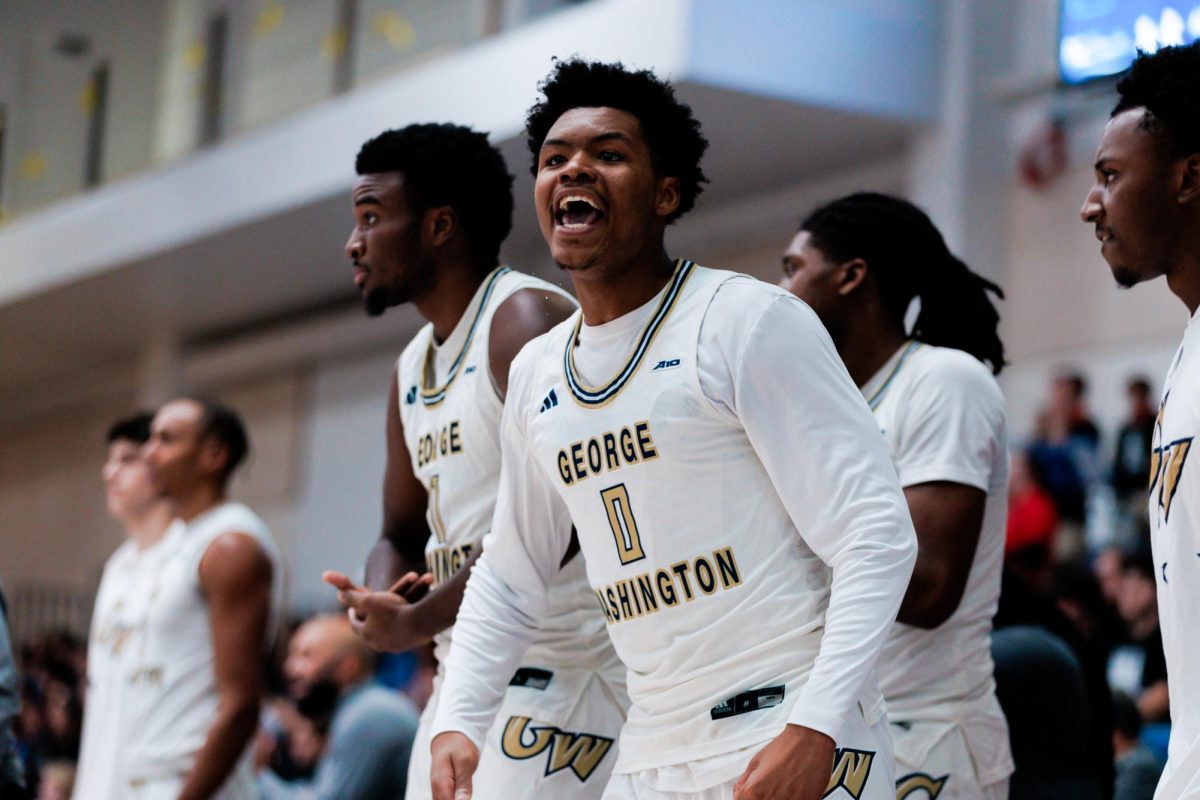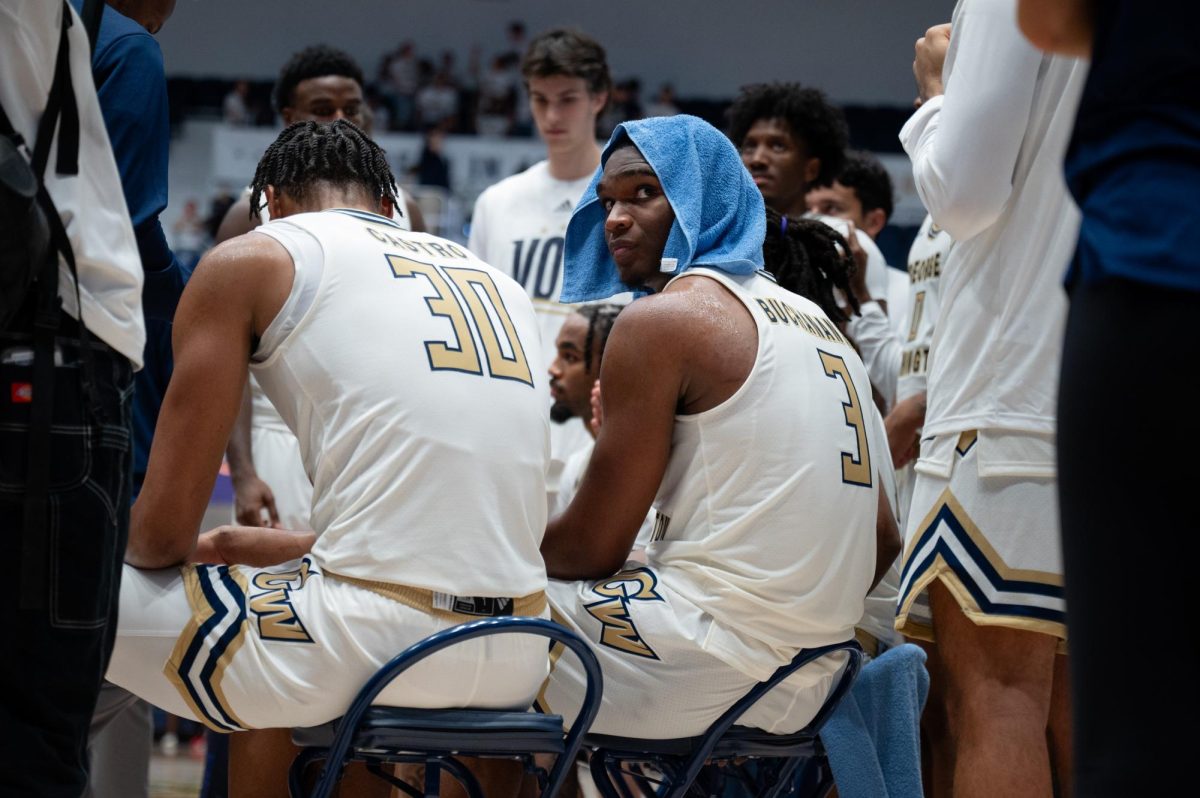The fate of the Smith Center swimming pool has treaded water for the past eight months following officials’ announcement of plans to replace the pool with an additional basketball court and exercise facility in September. The University called off the proposal last month after architects and designers discovered the project to be more invasive and costly than originally predicted as they proceeded with zoning applications.
Men’s and women’s basketball head coaches and athletic director Tanya Vogel said the planned construction wouldn’t serve “anyone’s best interests” when they emailed alumni, donors and fans to announce the change in plans. They got that right.
Swimmer Julia Knox started a petition against the construction in late March that garnered more than 3,000 signatures, demanding officials halt their plan until they secure a “suitable alternative” pool space. Vogel herself said that the Smith Center pool, which is smaller than Olympic-size regulations, is “insufficient” as the current venue for “high-quality, championship-level programs.” Given that the pool in the Lerner Health and Wellness Center has three lanes — not enough for the roughly 50 swimming and diving team members that would use it — and the Mount Vernon Campus outdoor pool does not have diving boards, swimmers would’ve likely had to shuttle to off-campus venues for practices after the demolition, which might’ve created unforeseen cost and transportation issues for the team.
GW swimming and diving, the winningest program at GW right now, has won nine Atlantic 10 Championships since 2017, with multiple individuals competing in the NCAA championships. Simply put, the team’s facilities — the pool at Smith Center and the options for venues after the planned demolition — don’t match the program’s success.
Granted, extra practice facilities might have been helpful for the basketball program after disappointing 2023-24 seasons, in which the last-in-conference men’s basketball saw a 12-game losing streak and the women’s team struggled to break .500 in A-10 play. Both basketball teams were knocked out of the A-10 tournament in the first round as swimming and diving continued a seven-year winning streak. But with the state of their facilities, it was also reasonable for reigning A-10 champion swimmers to scowl at GW’s proposal to demolish their already “insufficient” pool to give losing basketball teams a boost.
GW’s most profitable sport is undeniably basketball. The sport’s fanfare is essential to the school’s athletic culture and funding. The men’s basketball team generates $4,916,917 annually, according to the U.S. Department of Education, and women’s basketball follows behind with about $3,627,748 in revenue. The swimming and diving team’s revenue is not disclosed, but the combined $8.5 million from our basketball teams is more than half the $15.9 million brought in by all other sports combined. Though basketball’s success this season is not evident in the record book, it likely is in the checkbook. It’s only fair that the University makes decisions that are advantageous for the athletes who bring home the bacon for the department.
Regardless of the benefits of the plan to one team or another, the premature announcement to demolish the pool left all sides of the athletics community with empty promises, frustration and avoidable stress. When officials abandoned the plan, they said GW and the Athletics Department would explore “alternative approaches” to deliver a practice facility for basketball programs, and will continue to “seek options for an improved pool experience,” with the Smith Center pool remaining the team’s home base. Officials acknowledged the “very challenging situation” at hand but didn’t do much to address the weight of its actions — the construction and the proposal’s reversal — on some of the school’s highest-achieving athletes.
When the pool demolition was announced, multiple swimmers entered the transfer portal. Some players decided to remain in the portal to avoid the risk of scholarship reduction if they were to return to GW when officials subsequently abandoned their decision. Swimmers said last month that there were “double-digit” postseason entrances into the transfer portal, compared to zero in years prior. Vogel announced swimming and diving Head Coach Brian Thomas’ resignation earlier this month, washing the team in more uncertainty.
In the wake of the controversial plan and its reversal, GW must throw in the life raft to support its highest-earning and highest-achieving teams. The University needs to win back the trust of the swimming and diving program: Find a new coach, new prospects to make up for transfer portal losses and a way to compromise with a deserving team. For the basketball team, officials must reevaluate their priorities. The team’s revenue is essential to GW’s athletic success, and if players need updated facilities to be competitive, the school should provide them. But not at the expense of other teams.
For now, officials won’t destroy any pools or construct any basketball courts. Instead, GW can build something else: a culture of transparency, inclusivity and responsible decision making.


